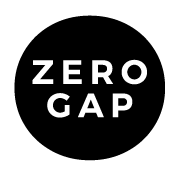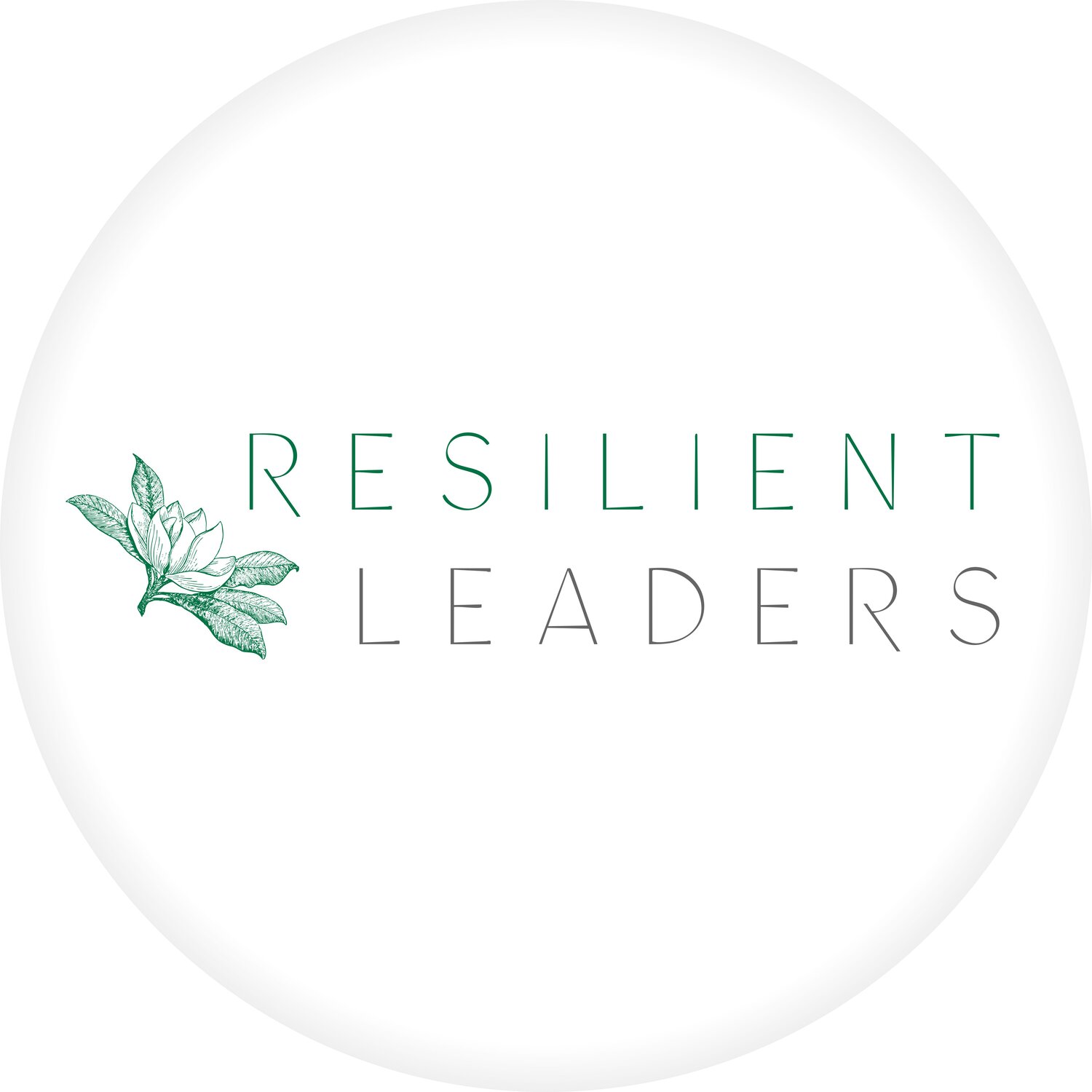Career Development & Promotions
Career Development Tools: More Than Just a Promotion Plan
Career development isn’t a straight line and it’s not one-size-fits-all. Some careers require formal skills training. Others evolve through coaching, exposure, or project-based learning.
These different benchmarks are called career enhancements the intentional tools and experiences that help professionals grow, perform, and lead.
The Resilient Leaders Program functions as a career development suite with tools that flex across industries, job levels, and leadership paths.
Training: The Foundation of Growth
Training is often where development begins. It’s short-term, skill-based, and focused on helping someone do their current job better.
Examples:
Compliance training in finance or healthcare
Technical training on a new CRM or AI tool
Communication skills training for cross-functional collaboration
RLP covers this by: integrating real-time leadership scenarios, reflective exercises, and power phrases that improve how people communicate, lead, and influence in their roles immediately.
Subsidized Education: Investing in the Future
This looks like:
Tuition reimbursement
Certification courses
Industry-specific credentials (e.g., SHRM, PMP, Google UX)
Employees at all career stages can benefit:
Early career: foundational certifications or finishing degrees
Mid-career: leadership or industry credentials
Senior-level: executive education or board governance training
How RLP fits in: It can be offered as a supplemental leadership certificate program, with modules that reinforce formal education through application and peer learning.
Job Rotation: Building Cross-Functional Agility
Job rotation gives employees exposure to other departments, tools, and teams. It’s a core part of rotational leadership development programs at companies like:
General Electric’s Edison Program
LinkedIn’s REACH Apprenticeship
Amazon’s Pathways Program
Where RLP supports: As employees rotate into new areas, RLP helps build confidence, improve adaptability, and provide frameworks for navigating ambiguity and leading without authority.
Promotions: More Than a Title Bump
Career advancement requires more than hitting metrics. Promotions come when people show strategic thinking, presence, and trust.
RLP prepares employees for promotion by helping them:
Articulate their leadership value
Navigate change and team dynamics
Build resilience and executive presence before they step into a bigger role
Mentoring: Connection That Builds Capacity
Mentoring is often informal, but when structured well, it becomes a powerful development lever.
RLP supports mentoring by:
Pairing reflection prompts and discussion guides that can be used in mentor-mentee sessions
Providing shared language (like the A.H.A. or L.A.T.T.E. frameworks) for giving feedback or navigating workplace challenges
Whether reverse mentoring or traditional models, RLP becomes the shared toolkit.
Networking Inside the Organization
Career growth doesn’t happen in isolation. Being connected across departments helps employees spot opportunities, build credibility, and contribute more broadly.
RLP supports this through:
Guided conversation starters
Cohort-based learning groups
Cross-functional dialogue exercises
It helps break silos and builds networks that matter for both performance and culture.
Community Volunteering: Growth Beyond the Office
Volunteering improves employee wellbeing, builds transferable skills, and supports brand values.
Employees benefit from:
Leadership through service
Project management in real-world settings
Expanding their network outside their usual circles
Organizations benefit from stronger engagement, community alignment, and employee pride.
RLP supports this by: helping employees reflect on purpose, values, and leadership identity creating alignment between who they are, how they lead, and what they care about.
Formal Career Planning: Clarity at Every Stage
RLP is designed to support all three. With reflection, strategy, and values alignment built into each module, employees can set intentional goals then act on them.
Choosing the Right Career Tools
With so many tools available, the key is selecting based on:
Role and business need
Career stage
Desired outcomes
Organizational culture
Some teams need more visibility. Others need confidence or structure. RLP flexes to meet those needs with content and delivery options that match the moment.


